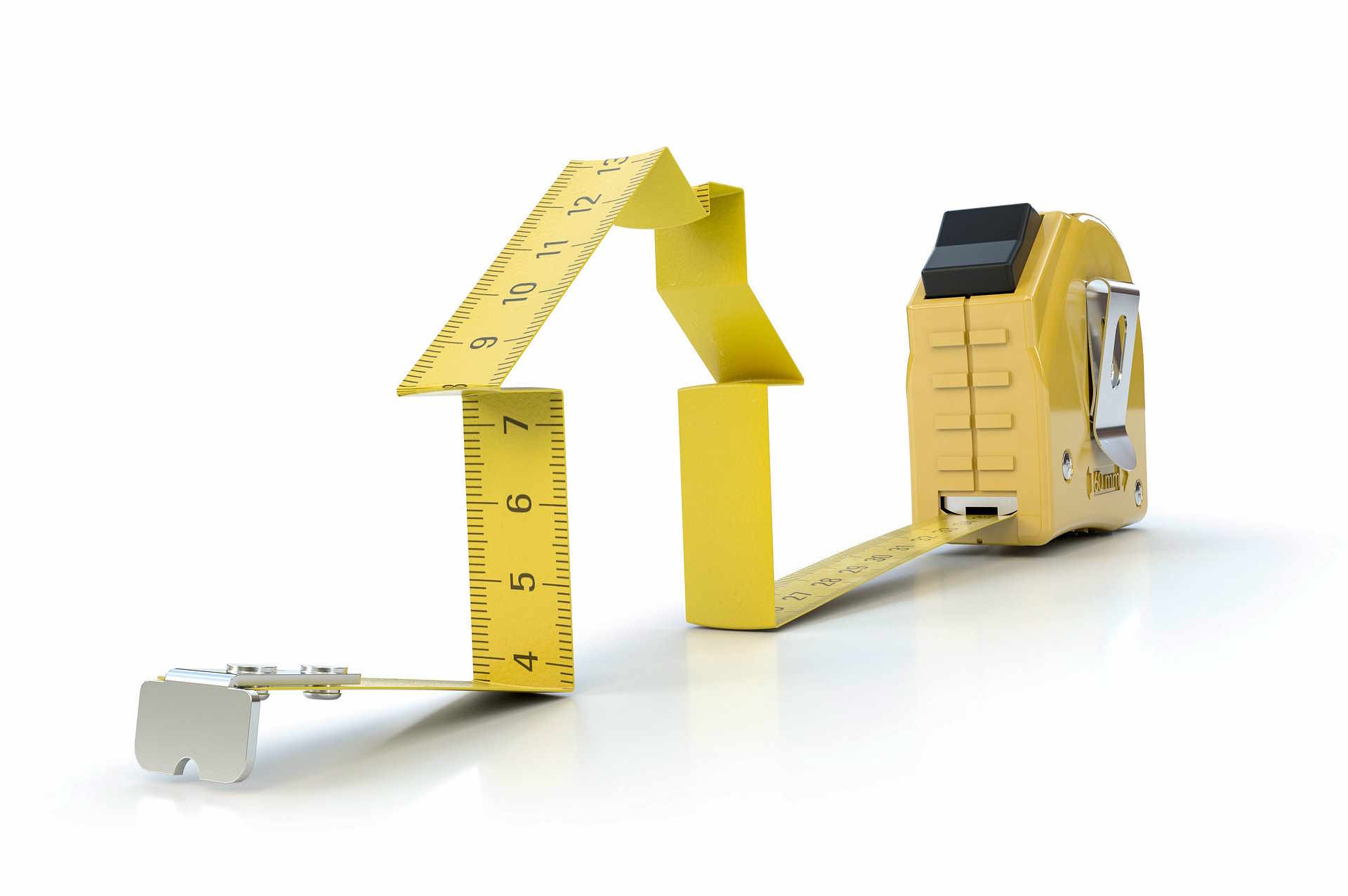How Home Values Are Calculated: Essential Valuation Guide
Discover what truly shapes a home's value and learn how to assess your property's market worth. This comprehensive guide covers location factors, professional appraisal methods, the effect of renovations, market timing, and digital valuation tools to help buyers and sellers make informed decisions about property valuation.

What Determines a Home’s Worth?
Location is the single most influential element when estimating a property’s value. Access to quality schools, transportation, shops, parks, and neighborhood safety all weigh heavily in buyers’ decisions. Local supply and demand dynamics — how many homes are available versus how many buyers are looking — can push prices up or down. Broader economic indicators, such as employment trends, major commercial projects, and regional development, also shape property values over time.
Physical attributes matter too. Lot size, living area, number of bedrooms and bathrooms, age and structural condition, and the presence of unique features (views, landscaping, or historic charm) all contribute to market value. Even intangible aspects like neighborhood reputation and future zoning plans can influence what buyers are willing to pay.
How Appraisals and Market Comparisons Work
Professional assessments use methodical approaches to arrive at a fair value. Licensed appraisers perform full appraisals that include on-site inspections of the home’s condition, measurements, and documentation of systems and structural elements. They compare the subject home to recently sold, similar properties in the area — a process often called a comparative market analysis (CMA) or sales comparison approach.
Real estate agents commonly prepare CMAs, which are valuable for pricing a home to list or negotiate offers. Appraisers may apply additional techniques when necessary, such as the cost approach (estimating replacement cost minus depreciation) or the income approach for rental properties. Each method brings perspective, and combining them gives a more rounded estimate.
Renovations and Their Return on Investment
Not every upgrade adds equivalent value. Kitchens and bathrooms typically produce the most measurable return because they influence day-to-day livability and buyer perceptions. However, cosmetic fixes like fresh paint, updated flooring, and curb appeal enhancements often offer strong payback for relatively modest expense.
Investments in energy efficiency — insulation, modern windows, efficient heating and cooling systems, or solar panels — can increase value both by lowering operating costs and by appealing to eco-conscious buyers. Major structural renovations or large additions may raise value but should be weighed against local market expectations; over-improving for the neighborhood can limit how much additional value is captured.
Timing: Understanding Real Estate Cycles
Real estate markets move in cycles: expansion, peak, contraction, and recovery. Prices can rise quickly in a tight market and decline in softer conditions. Sellers who time listings when demand is high often achieve better prices, while buyers can find more negotiating power in slower markets.
Local conditions vary significantly, so national headlines don’t always reflect what’s happening in your neighborhood. Monitoring neighborhood-level trends — inventory levels, days on market, and recent sale prices — helps homeowners and investors decide when to buy, sell, or postpone major work.
Digital Tools: Fast Estimates With Limits
Online valuation tools, often called AVMs (automated valuation models), use algorithms that combine public records, recent sales, tax assessments, and market trends to produce quick estimates. They’re useful for ballpark figures and initial research but can miss unique property features, recent renovations, or neighborhood nuances.
Use online estimates as a starting point, then refine the figure with a local CMA or a professional appraisal when making major financial decisions such as refinancing, selling, or securing a mortgage.
Professional Valuation Services and Typical Costs
Pricing for valuation services varies by provider and depth of analysis. Below is a general guide to common services and typical price ranges:
| Service Type | Provider Type | Typical Cost Range |
|---|---|---|
| Full Appraisal | Licensed Appraiser | $300–$600 |
| Comparative Market Analysis (CMA) | Real Estate Agent | $0–$250 |
| Online Valuation (AVM) | Digital Platforms | $0–$40 |
| Desktop Appraisal | Licensed Appraiser | $75–$200 |
Prices, rates, or cost estimates mentioned in this article are based on the latest available information but may change over time. Independent research is advised before making financial decisions.
Ongoing Tracking and Practical Next Steps
Regularly tracking your home’s estimated value helps with decisions around refinancing, planning renovations, or choosing the right moment to sell. Maintain records of improvements, keep an eye on comparable sales nearby, and consult local professionals when accuracy matters.
For sellers, combine agent CMAs with an appraiser for the most reliable listing price. Buyers should review recent comparable sales and consider a formal appraisal before finalizing a purchase. Homeowners investing in improvements should balance projected returns with personal comfort and neighborhood standards.
In summary, determining a home’s value blends objective data and professional judgment. By combining location insights, condition assessments, market timing, and both digital and human expertise, you can form a realistic picture of your property’s true market worth and make smarter real estate choices.






